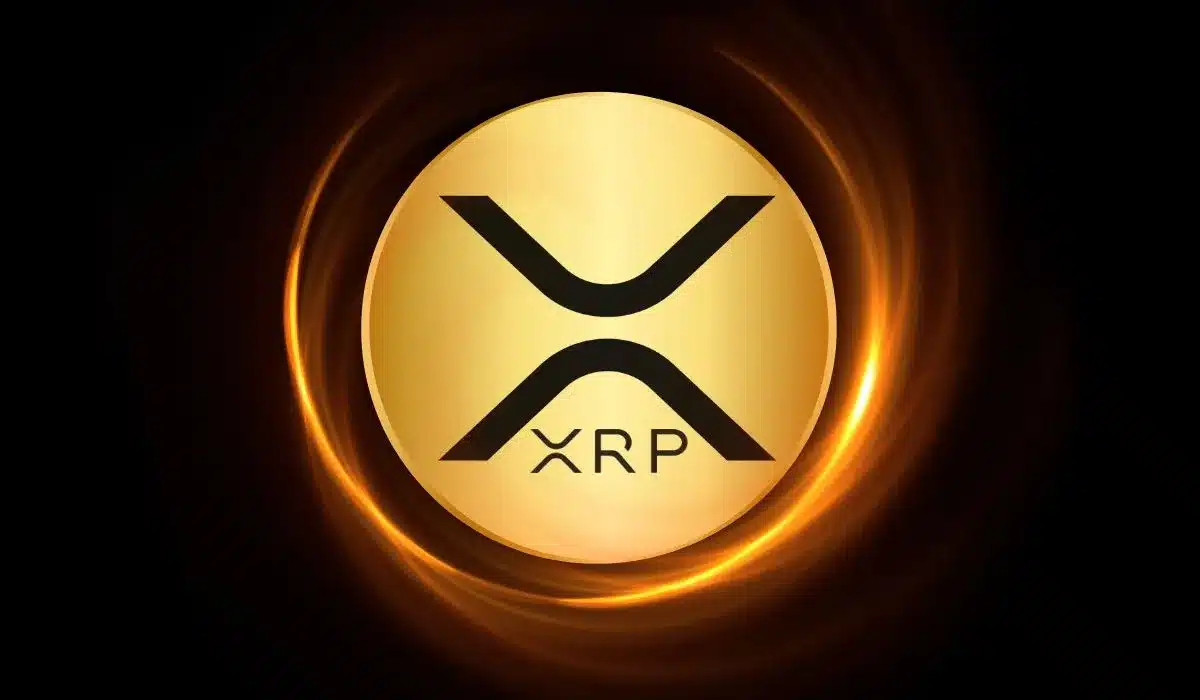Jake Claver, a well-known business strategist, has rejected claims that the growing use of stablecoins makes XRP less necessary in cross-border finance. Posting recently on X, Claver argued that stablecoins cannot replace XRP’s unique role as a neutral bridge asset in global settlements.
According to Claver, the issue is rooted in a lack of trust between banks. Claver revealed that over 27 trillion dollars remain trapped in Nostro and Vostro accounts, warning that this amount could grow to more than 50 trillion dollars.
He cited that most banks are not keen on adopting stablecoins offered by their competitors, making it more necessary to have a trust-minimized settlement solution such as the XRP.
Claver emphasized that XRP’s worth lies in its neutrality. It is neither issued by a government nor a corporate body, which enables it to roll out as a credible settlement asset between parties that have little trust in each other. According to him, this is what fiat-backed and algorithmic stablecoins cannot deliver.
Also Read: Dogecoin, BNB, and XRP Prices Crash as Bitcoin Holds Steady Above $104K
Community Divided Over XRP’s Relevance and Ripple’s Direction
Following Claver’s post, members of the XRP community shared mixed reactions. A user known as Trenton Valley Boy supported the argument, saying that XRP’s Automated Market Maker feature removes counterparty risk and allows secure, on-chain liquidity provision.
He noted that even Bitcoin has settlement risks due to price volatility, which can lead to value loss during transaction windows. On the contrary, he articulated that the stablecoins developed on the XRP Ledger bear swift and unfailing transactions that take between three and five seconds.
Although XRP as a currency can continue to experience volatility, stable asset movement is possible through its ledger environment.
However, others questioned Claver’s claims, with a user identified as STU disagreeing and calling the belief that banks would use XRP a “2017 narrative” that failed to materialize. According to STU, no significant banks now use XRP in bridging, and it was added that Ripple’s recent decision to issue RLUSD, a stablecoin on the dollar, proves the shift in course.
According to STU, Ripple is now focusing on moving volumes using stablecoins rather than basing it on XRP. This line of thinking depicts a wider discussion regarding the future existence of XRP in Ripple’s vision.
Claver’s remarks have reignited debate over XRP’s role in global finance. While some insist stablecoins cannot replace its neutral function, others argue that Ripple’s direction signals a strategic shift.
Also Read: Jim Chanos Bets Against Bitcoin Giant Strategy, Warns Premium Will Vanish
